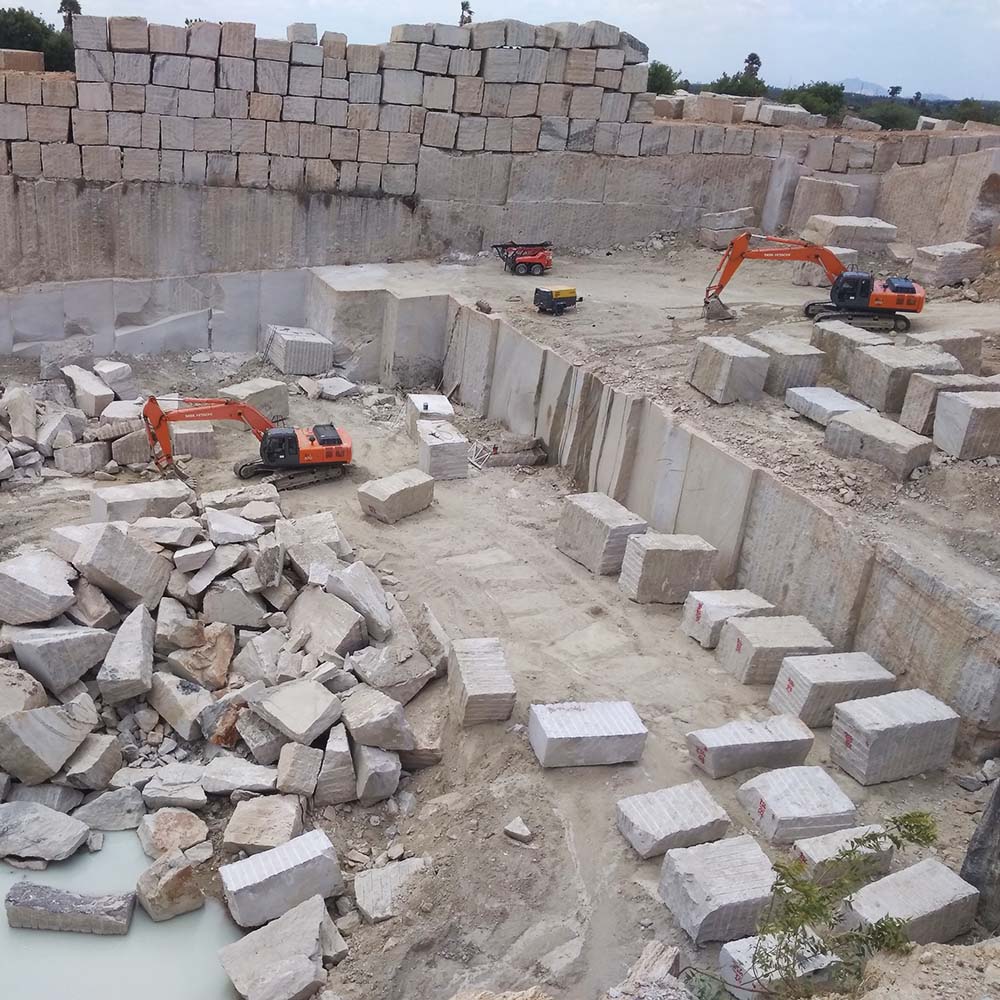Exploring Granite Quarries in South Africa: A Comprehensive Guide
Unearthing the Rich History and Lasting Practices of Granite Quarrying
As we base on the precipice of uncovering the intricate tapestry of granite quarrying, a trip through time reveals not simply the physical act of extracting rock however also the cultural and historical relevance woven right into the really fabric of this practice. From the ancient origins that laid the structure for modern-day quarrying methods to the sustainable methods that are forming the future of this industry, each sculpt mark on granite surface areas tells a tale waiting to be uncovered (granite quarries in south africa). The tradition of granite quarrying stretches much beyond mere removal; it is a testimony to human ingenuity, resilience, and the enduring allure of this stunning stone
Old Beginnings of Granite Quarrying
Dating back to old worlds, the practice of quarrying granite has been an important part of human history and building innovation. The earliest evidence of granite quarrying go back to old Egypt, where enormous pyramids and elaborate sculptures were crafted from this long lasting stone. The Egyptians made use of primitive tools to remove granite blocks from quarries, showcasing the value of this material in their monumental building and constructions.
Moving on in background, the Greeks additionally made substantial contributions to the quarrying of granite. The Greeks made use of granite in numerous building marvels, such as temples and sculptures, showing their ability in shaping and sculpting this hardy stone. The Romans further refined the strategies of quarrying granite, using sophisticated tools like knives and hammers to essence and form granite for their famous frameworks.
Via the centuries, the technique of quarrying granite has actually evolved, with modern innovations boosting performance while maintaining the classic charm of this all-natural stone - granite quarries in south africa. From ancient civilizations to contemporary builders, the tradition of granite quarrying remains to form our globe
Advancement of Quarrying Methods
The development of quarrying techniques has been marked by a continuous development towards greater performance and precision in removing granite. Early quarrying strategies involved hands-on labor with standard tools such as blades, hammers, and wedges to draw out granite blocks from the planet.
In more recent times, the advent of equipment reinvented the quarrying sector, enabling much faster removal rates and boosted productivity. Technologies such as diamond wire saws, high-pressure water jets, and pneumatically-driven drills have ended up being standard in contemporary quarries, allowing for precise cutting and lowered waste. Additionally, innovations in computer-controlled tools and 3D modeling have enhanced quarrying procedures, leading to very little ecological influence and enhanced sustainability methods. As the demand for granite remains to rise, the evolution of quarrying strategies stays indispensable to conference industry requires successfully and sustainably.
Cultural Value of Granite
Granite holds a profound social relevance across different human beings due to its long-lasting existence in architectural masterpieces and revered monoliths. The social relevance of granite expands past its physical characteristics; it personifies strength, security, and eternity, making it a sign of enduring legacies and customs.

Sustainable Practices in Quarrying
Amidst the abundant history of granite quarrying and its social relevance exists an expanding focus on sustainable practices within the sector. As ecological awareness and problems regarding source deficiency have actually heightened internationally, the quarrying industry has actually progressively embraced lasting approaches to reduce its effect on the atmosphere and surrounding neighborhoods.

In addition, improvement and rehabilitation of quarry websites post-extraction are essential to lasting techniques. By restoring quarried areas to an all-natural or advantageous state, such as developing wild animals environments or entertainment rooms, quarriers can balance out the ecological footprint of their operations and add favorably to the neighborhood community.
Heritage of Granite Quarrying
With a historic backdrop soaked in workmanship and industrial progression, what sustaining influence has granite quarrying left on the landscape of modern-day society? The legacy of granite quarrying transcends simple removal practices; it has actually shaped architectural wonders, city landscapes, and cultural heritage worldwide. The long lasting nature of granite has made it a favored option for monuments, buildings, and infrastructure, standing as a testament to the ability and creativity of quarry workers throughout generations.
Additionally, the economic impact of granite quarrying can not be overlooked. The industry remains to give employment possibilities and drive neighborhood economic situations in areas where granite extraction is widespread. It has additionally spurred technical developments in quarrying methods and equipment, bring about more efficient and lasting methods.
In terms of sustainability, the legacy of granite quarrying consists of initiatives to mitigate ecological influences with recovery tasks and liable source monitoring. By balancing economic interests with ecological stewardship, the market strives to ensure that future generations can proceed to take advantage of this long-lasting natural deposit.
Conclusion
